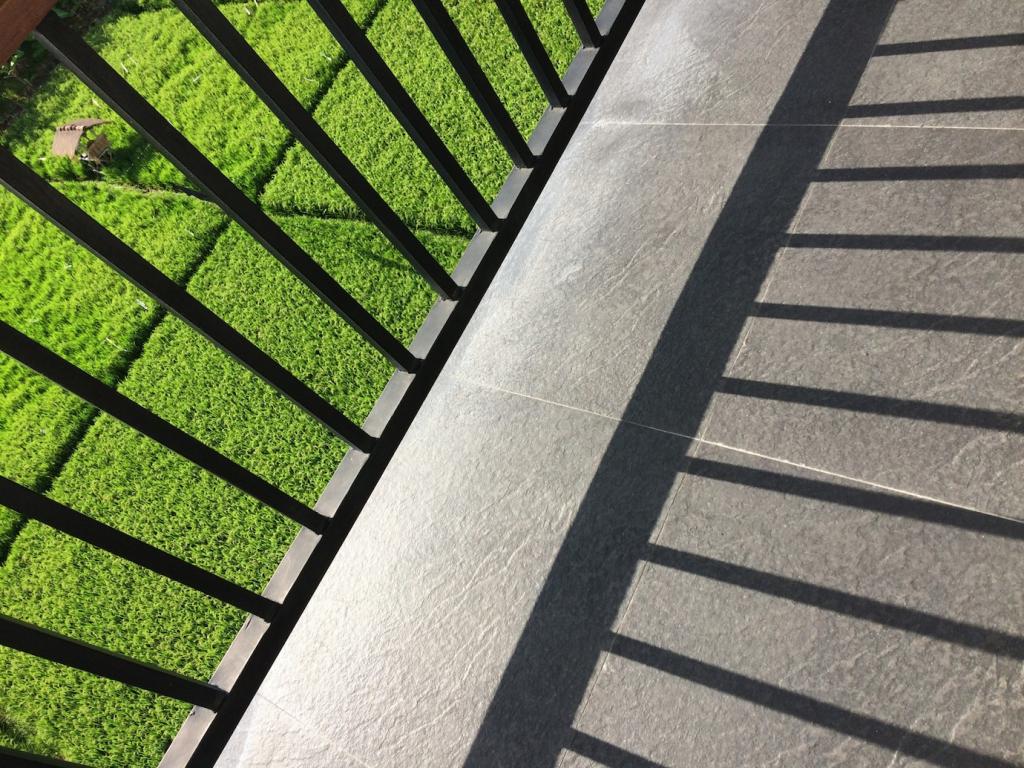Native Plant Landscaping
Native plant landscaping is an approach to gardening and outdoor design that utilizes plants indigenous to a specific region or ecosystem. By selecting species that have naturally evolved to thrive in local conditions, gardeners and landscapers can create vibrant, sustainable environments that require less maintenance and support healthy ecosystems. Native plant landscaping not only enhances the natural beauty of a space but also offers practical benefits such as improved soil health, reduced water usage, and increased habitat for local wildlife. Embracing native plants is a meaningful way to cultivate a landscape that respects and preserves the unique characteristics of your local environment.
The Importance of Native Plant Landscaping
When you landscape with native plants, you are directly supporting local wildlife, from pollinators like bees and butterflies to birds and small mammals. Native plants provide the food and shelter that local animals have adapted to use over thousands of years. These interactions help sustain healthy populations of various species and promote ecological balance. Without native plants, many specialized insects and animals can struggle to find the resources they need to survive, which may lead to declines in their populations. By cultivating a garden filled with native flora, you are establishing a haven for the creatures that make your local area unique.

Designing with Native Plants
Understanding Site Conditions
The first step in native plant design is to carefully evaluate your site’s conditions, including sunlight, soil type, drainage, and microclimates. This knowledge allows you to choose the right native species for each part of your landscape, ensuring they have the best chance to thrive. By working with the natural characteristics of your site instead of against them, you can create a harmonious and self-sustaining garden that requires less intervention and maintenance over time. Understanding these site factors is key to a successful native plant landscape.
Layering for Visual Appeal and Functionality
Native plant gardens often draw inspiration from the natural layering found in wild ecosystems, which include groundcovers, perennials, shrubs, and trees. By incorporating multiple layers, you create a landscape that is richer in texture and color while also providing habitats for a wider array of creatures. This layered approach helps replicate the complexity and resilience of natural habitats, resulting in a garden that is both beautiful and functional year-round. Thoughtful plant placement can also help manage water runoff, improve soil health, and reduce weed growth.
Seasonal Interest and Biodiversity
A well-designed native plant landscape offers something special in every season, from spring’s fresh blooms to the striking seed heads and textures of winter. Careful plant selection can ensure that your garden remains attractive and lively throughout the year. Native species can attract pollinators in the warmer months and provide food and shelter for birds and other wildlife during colder seasons. This approach encourages a dynamic, ever-changing landscape that celebrates biodiversity and offers year-round enjoyment.
Native plants contribute positively to both soil and air quality in several ways. Their deep and complex root systems help bind soil, reduce erosion, and enhance soil structure, making them ideal for properties prone to runoff or degradation. These roots also facilitate the breakdown of pollutants and the cycling of nutrients, improving the fertility and overall health of the land. Above ground, native plants help filter airborne toxins and dust, contributing to cleaner, fresher air in your outdoor spaces.

